Is it a shame you'll never see this radical new Cadex Tri bike in the Tour de France?
You name the UCI equipment regulation and this bike breaks it... but is the WorldTour missing out on such a spectacular machine?
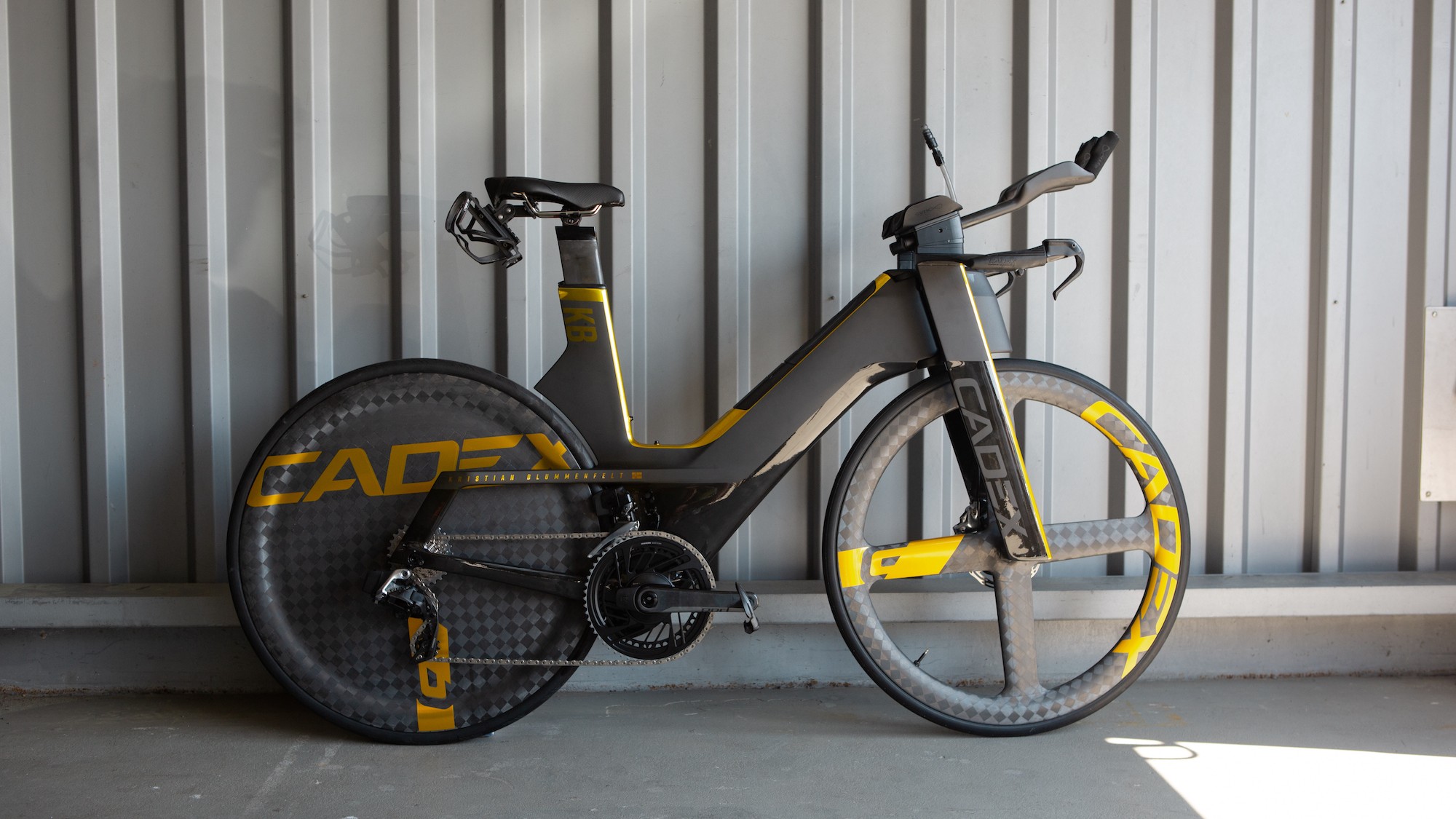
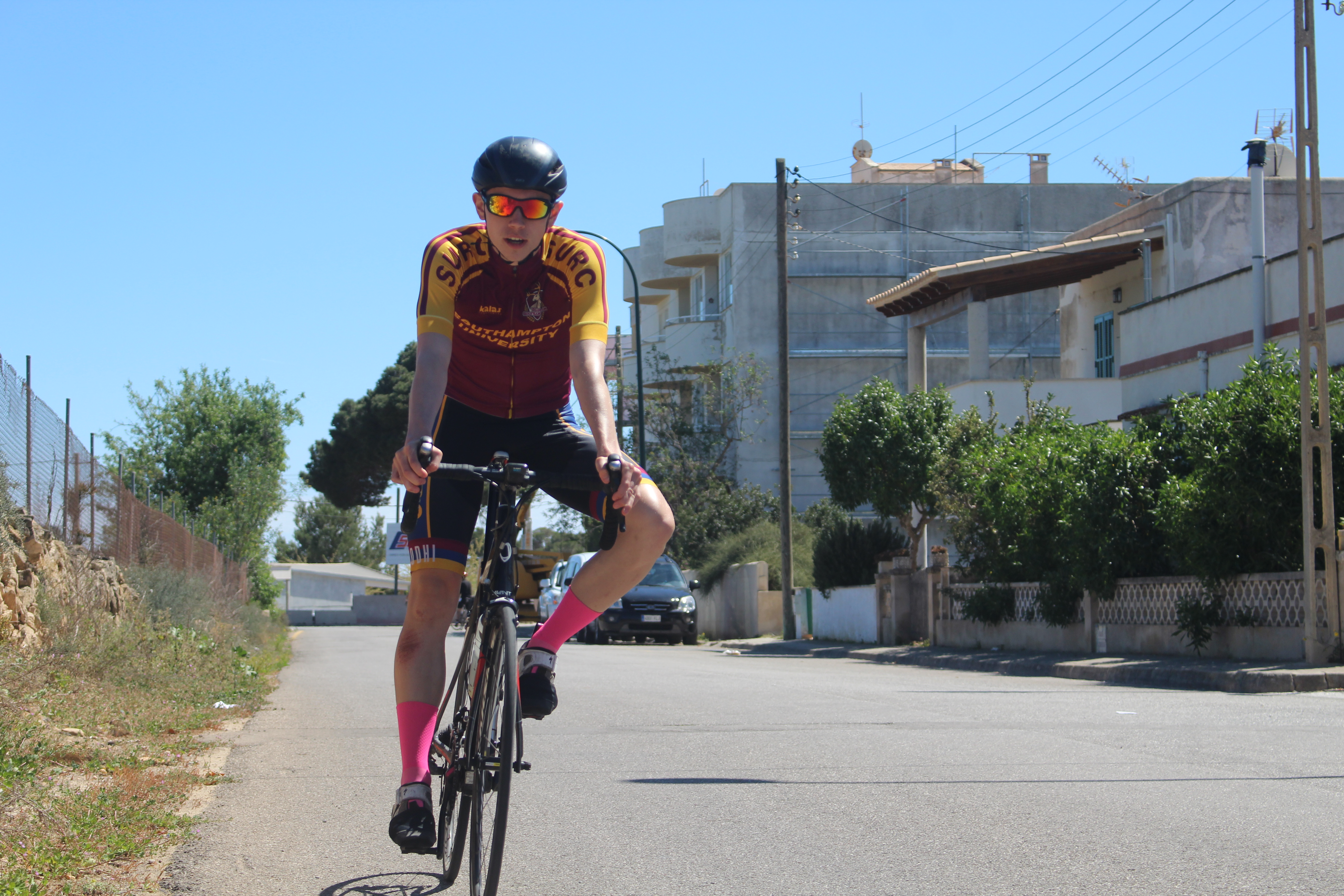
When Giant first released images of this bike I thought what many people did. That’s the ugliest thing I’ve ever seen. Not only is it banned by the UCI but there's also a case to be made that the UN should step in.
However, triathlon is not governed by the UCI or the UN. And while there's no getting away from the fact that this is not a good-looking bike, looking good isn’t fast. As the brand's social media admin shot back: “Pretty doesn’t win races.''
And to be fair it did win the Ironman World Championship in May and then broke the seven-hour barrier for the first time in June.
Given that it starts from a position of aesthetic disadvantage, the Cadex Tri bike needs a series of redeeming factors in order to be worth the £6,499 frameset price tag. It does indeed have a few great qualities and if you’re a triathlete this model is a contender with top bikes like the Ventum One, Canyon Speedmax and Cervelo PX - among others.
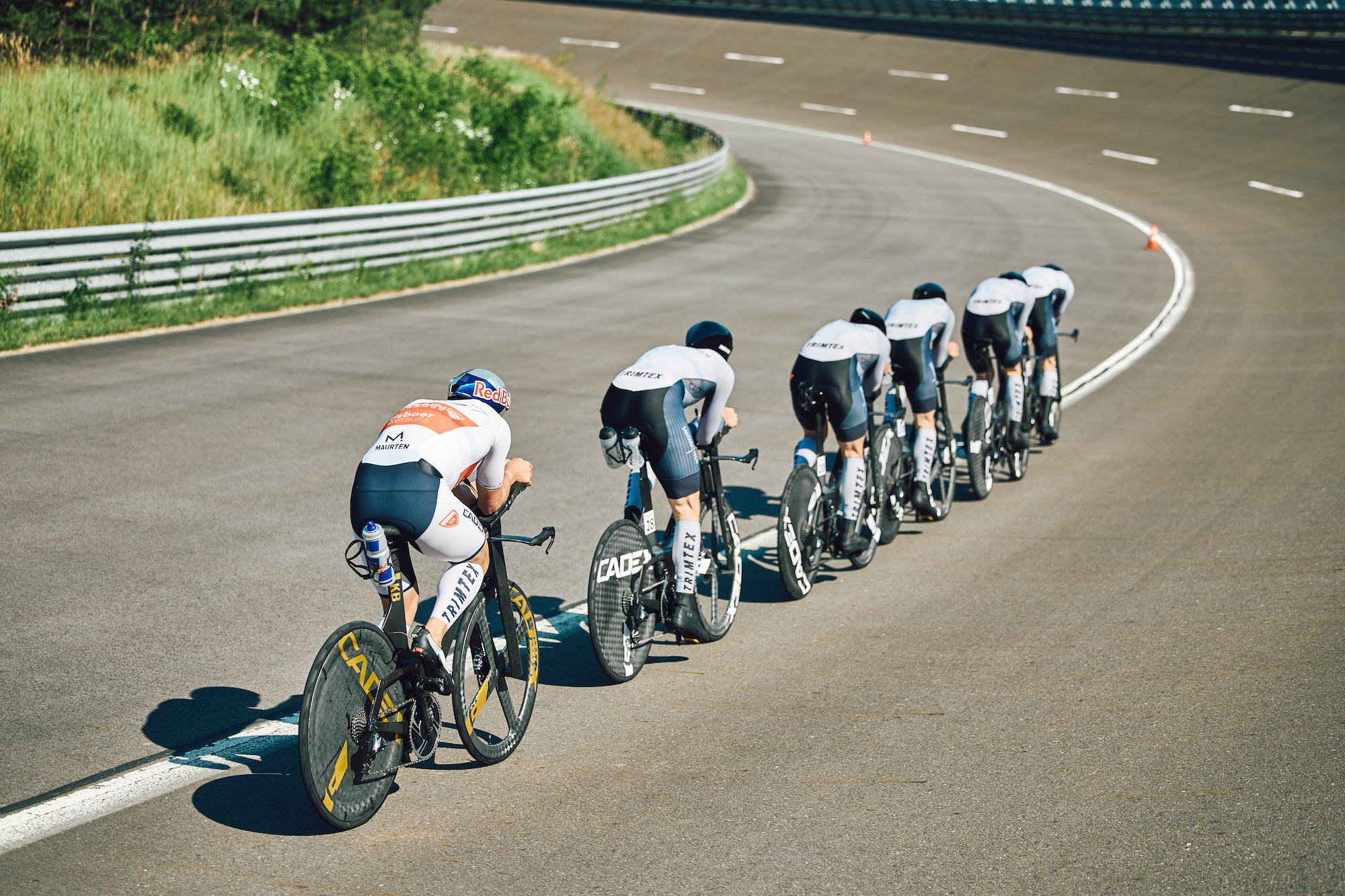
Kristian Blummenfelt is paced by riders including Chris Fennell to the first sub-seven-hour Ironman
Upon its release I was interested to see how the British time trial scene responded. This bike is of course legal in time trials run under Cycling Time Trials rules and regs, and additionally some of the top UK riders rode it as pacers for Cadex-sponsored Kristian Blummenfelt in the Norwegian Olympic gold medallist and double world champion's recent Sub7/Sub8 breaking of the world Ironman record.
One of these was Chris Fennell, who did some obscene numbers to win the recent National 50-mile championships cranking out 360 watts for 90 minutes on his way to riding a 1:37:38 - but notably was not on his Cadex.
I asked him about this and he said that for him it was a choice between the Specialized Shiv and the Cadex. He said the Cadex is perfect for long triathlons and time trials, saying it’s an impressive bike that handles just as well when it’s fully loaded (with nutrition, bottles and a full hydration system) as when it's empty.
Overall I got the impression that Chris really liked this bike. To get his opinion was very helpful as finding someone who’s ridden one, but isn’t paid to say nice things about it, was tricky.
Aero performance and features
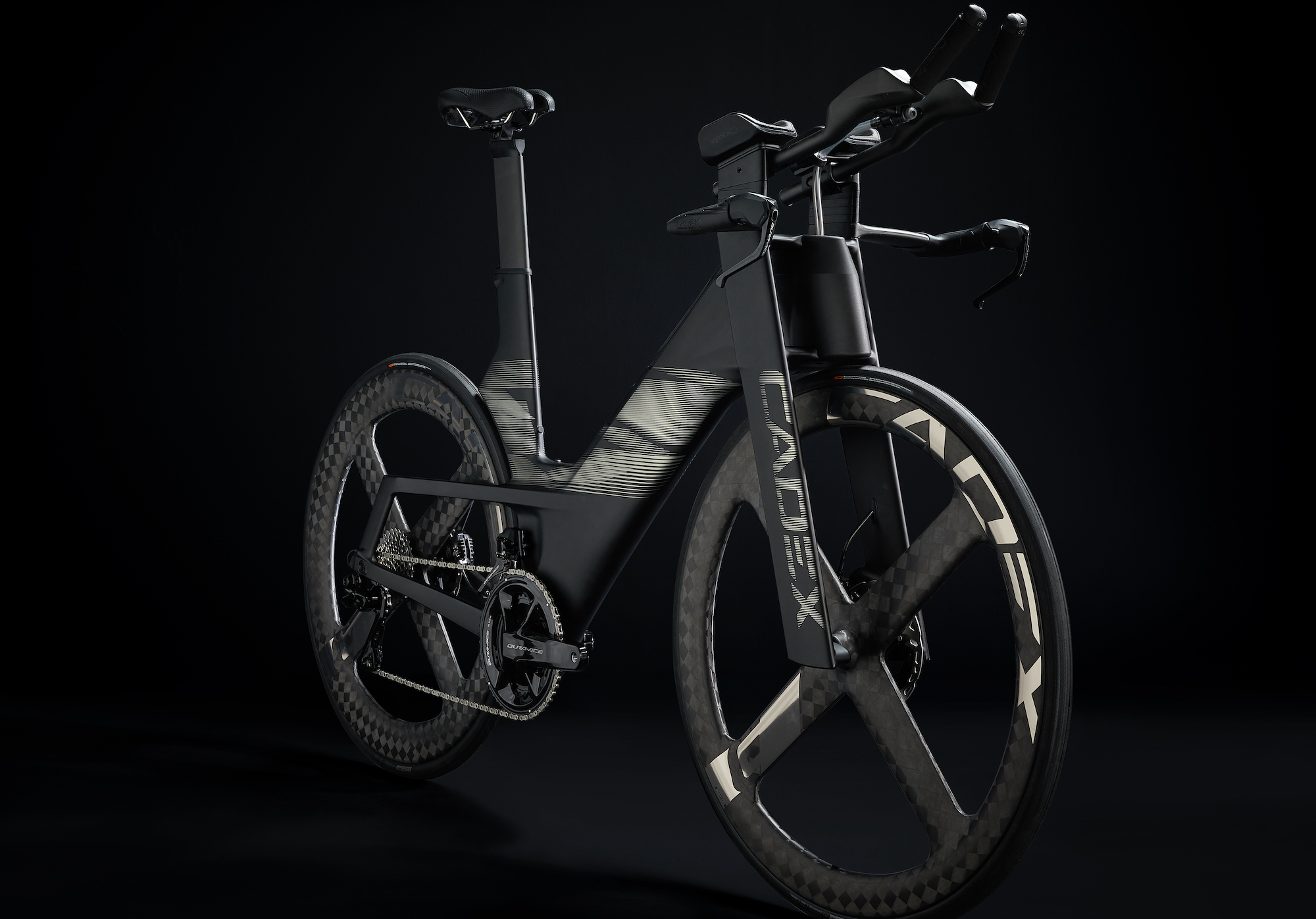
I’m always sceptical of citing aero data from press releases, or generalising aero data at all. As we know, the aerodynamic performance of a bike is only a part of the bike-rider system, so when we see a statement like "this bike is 10W faster than its rivals" we can be sceptical.
To its credit, Cadex has not cherry-picked data to make its bike look good. They say their bike is "among the fastest non-UCI regulated triathlon bikes" and have released a plot of the Cadex, Canyon Speedmax and Cervelo P5X being tested in the wind tunnel from yaw angles (that’s the angle of the wind to the line of symmetry) of -20 to 20 degrees against watts needed to ride in these conditions.
In Cadex's graph the bikes are performing broadly in line with one another. If you’re looking to buy a non-UCI bike and you want the fastest, then you’ll need to figure out which is the fastest for you, as these three fall broadly into line.
The lack of a top tube is an aero feature, and it’s a feature seen on other contemporary non-UCI bikes like the Ventum. It would be interesting to see the performances of bikes without a top-tube stacked up against each other.
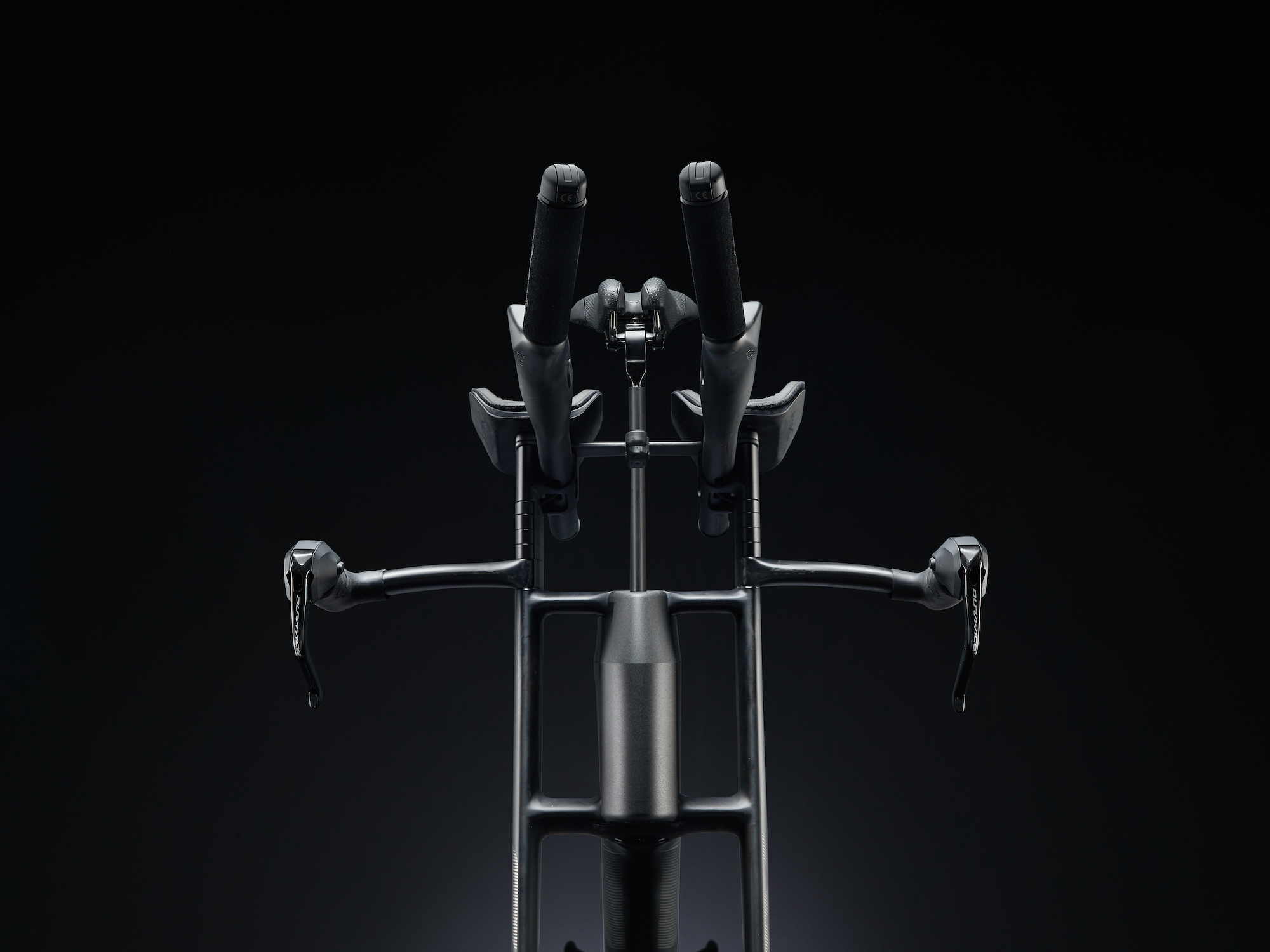
On top of this, there’s the wide fork which has been described as ripping off the Hope bike released last year. Of course, if you’re designing a bike and you test wider forks using computational fluid dynamics and they come out faster - you’ll make them wider. This will probably become a trend in the next few years. They were described as "wild looking’" by Blummenfelt. He also says they "clearly make the bike faster". On top of this he praised how they make the bike feel in descents and corners.
Fit and comfort
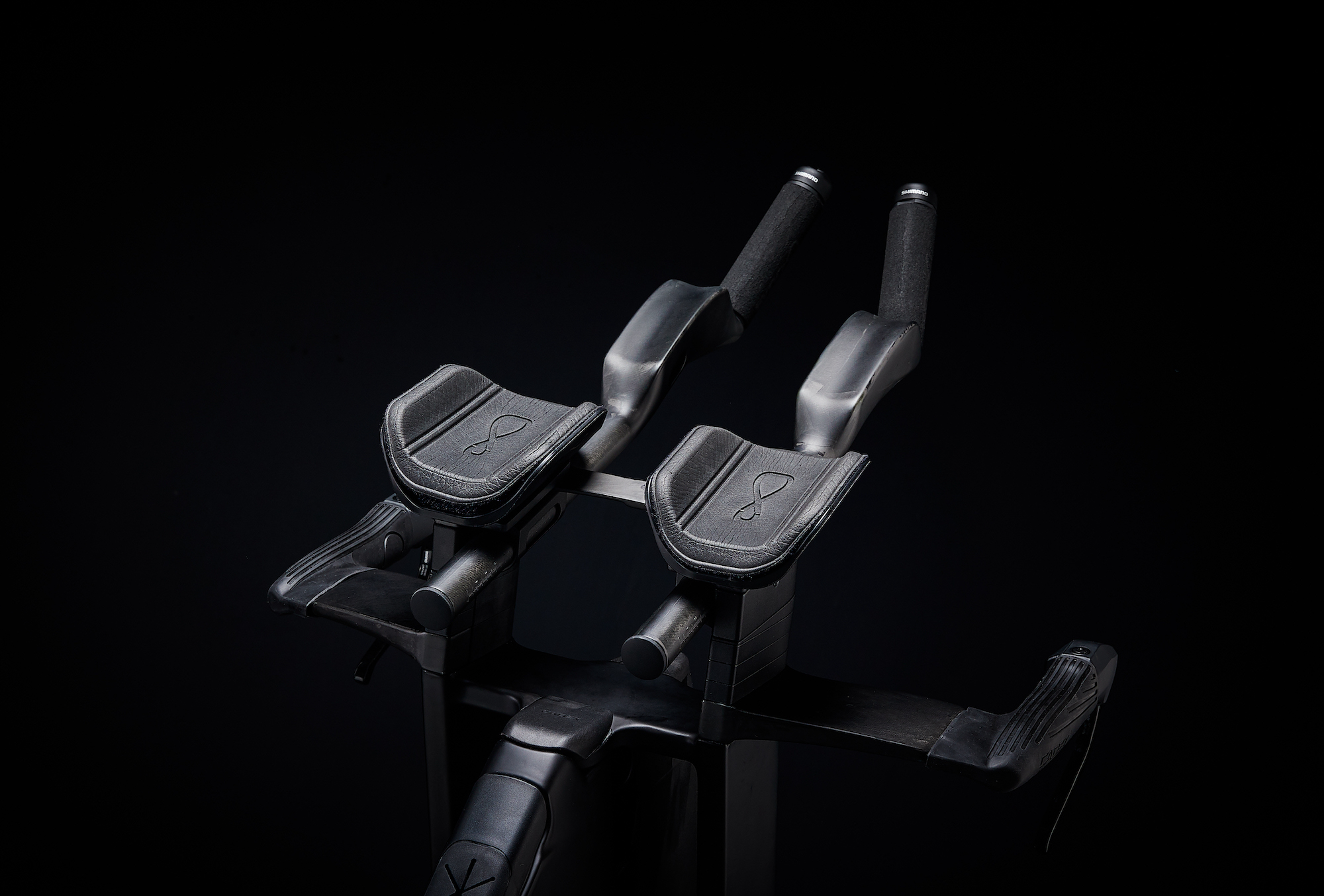
This bike’s main selling point is its adjustability. Cadex has included an extremely impressive list of features for this bike from an adjustability standpoint.
The largest proportion of aerodynamic drag is down to the rider’s body and a huge part of that is the position a rider can get themself into. There are two factors to adjustability - what positions can actually be achieved and how easily can this be done. The cockpit’s adjustability looks impressive on paper, with Cadex describing it as integrated with independent set ups. The idea being that cable routing can be left in place while adjustments are made - this will be music to the ears of bike fitters and anyone who likes to tinker with their position.
There’s 80mm of stack height adjustment and spacers can be placed above and below the base bar. On top of this there’s 90mm of reach adjustment and a huge amount of width adjustment, more than the Shiv, P5X and Speedmax.
This bike was designed primarily for Ironman triathlon. In this type of racing we know that the race doesn’t finish when you get off the bike. The saying in triathlon is ‘bike for show, run for dough’ which is what we saw in the Sub7 Ironman world record attempt - where Blummenfelt got off the bike and ran minutes into Joe Skipper to take the overall victory, breaking the world record with 6.44.25.
The saddle adjustability is versatile for this reason, allowing you to get into a position which means you can bike efficiently then run fast.
Integration and nutrition
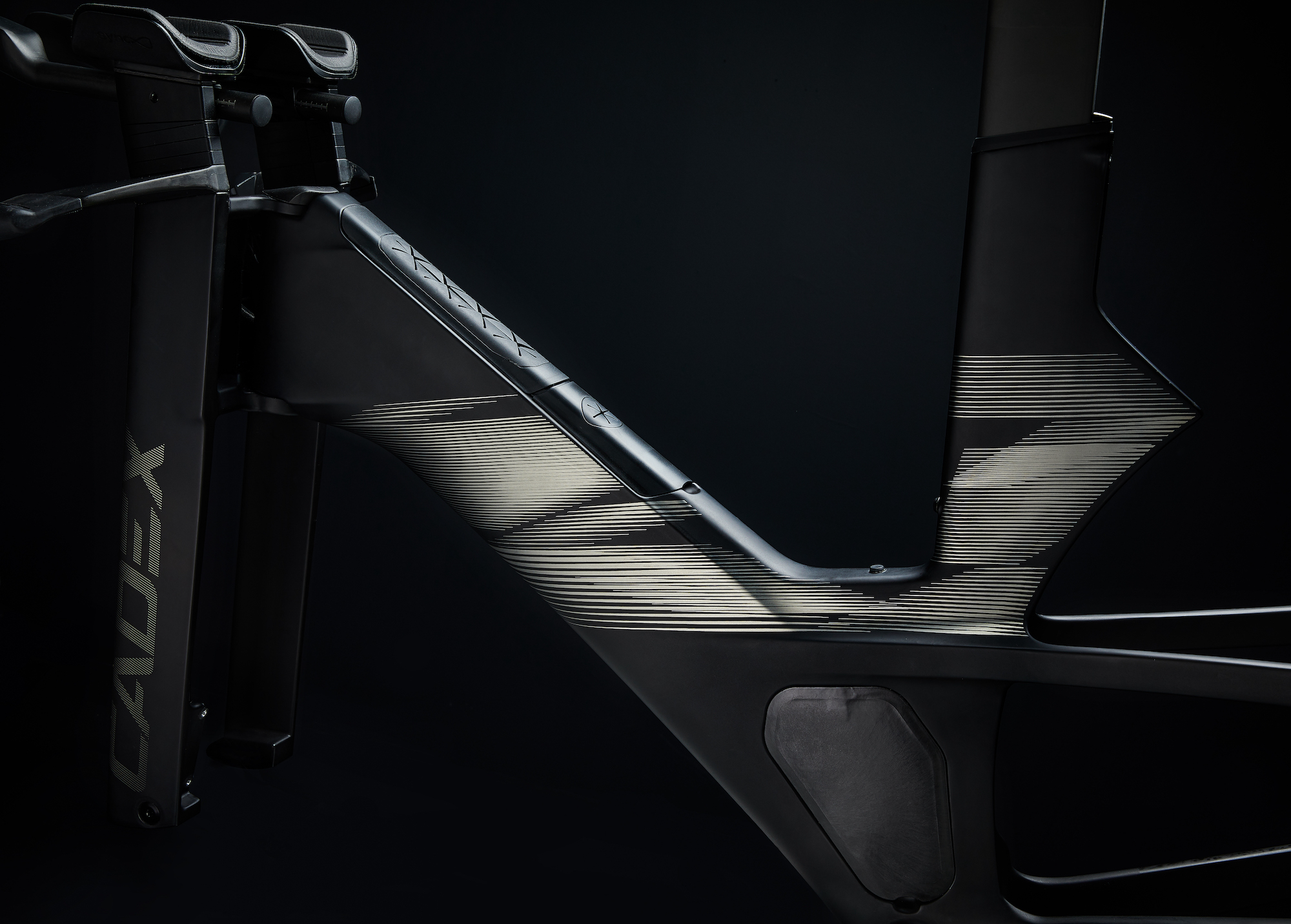
No iron-distance triathlon bike would be complete without an impressive snack box, a secret tool box and a drinks bottle somehow hidden in the frame and the Cadex is no different.
Its removable bento-box is designed to hold up to 10 (most don’t hold anywhere near this amount) gels which is extremely impressive and a removable bladder which can accommodate between 600 and 1,000ml of water - depending on frame size.
Above the bottom bracket sits a toolbox which is extremely well hidden (probably an aero feature as I get the feeling aesthetics took a secondary role in the design process).
Upon asking someone who’s ridden this bike how it handled when ‘full’ vs empty, they said that they couldn’t tell the difference.
Travel features
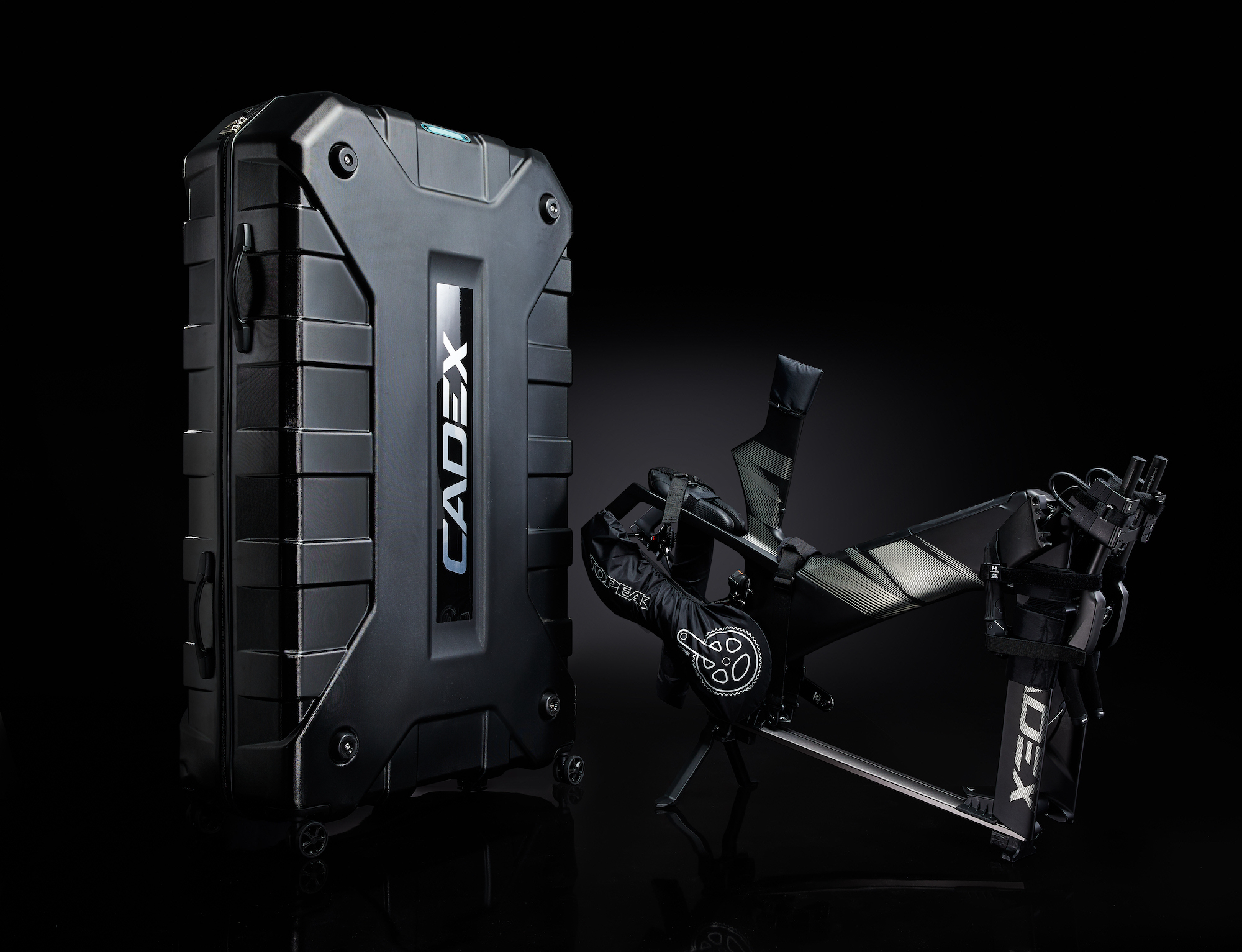
Triathletes, amateur and professional, are always on the move. Lots of people head off for destination races and there’s a lot of money in the sport so this is a feature many brands have started designing into their bikes. This is, again, taken a step further by Cadex including a literal travel box with the frameset. The box looks pretty good too.
The bike can remain mostly together in the box though meaning the risk of a pre-race mechanical is reduced significantly, a major positive for this bike in my opinion.
Limiting factors
The Cadex is an unadulterated triathlon beast that comes with a hugely impressive list of features but the two major limiting factors come as a result of this. Looks are obviously a limiting factor since they clearly divide opinion. If you’re spending more than six grand on a frame not everyone will be happy to buy one which looks like this - especially if it’s only testing in line with other more conventional-looking top-end bikes and not significantly faster.
As a result of the unusual geometry the frame can only accommodate a 55 tooth chainring too, which is a problem for those riding time trials on dual carriageways at the pointy end of the field.
Conclusions
This bike has an impressive list of features and comes with its own specially designed travel case. By all accounts it handles very well, full and empty, as well as being easily adjustable. Not that many people have ridden this bike but all that have speak very highly of it. Many people have seen it though and the opposite is true. By all accounts, it’s a perfect triathlon bike if you can get past the looks but I’m not sure that I can…

Thank you for reading 20 articles this month* Join now for unlimited access
Enjoy your first month for just £1 / $1 / €1
*Read 5 free articles per month without a subscription

Join now for unlimited access
Try first month for just £1 / $1 / €1
Get The Leadout Newsletter
The latest race content, interviews, features, reviews and expert buying guides, direct to your inbox!

Tom Epton is a freelance writer and data scientist. Originally training as a scientist after completing his studies in physics he realised that cycling was what he wanted to spend his life thinking about. Now he works with manufacturers, athletes and teams using cutting edge data science methods to find performance gains. Tom writes primarily about sport-science and tech!
-
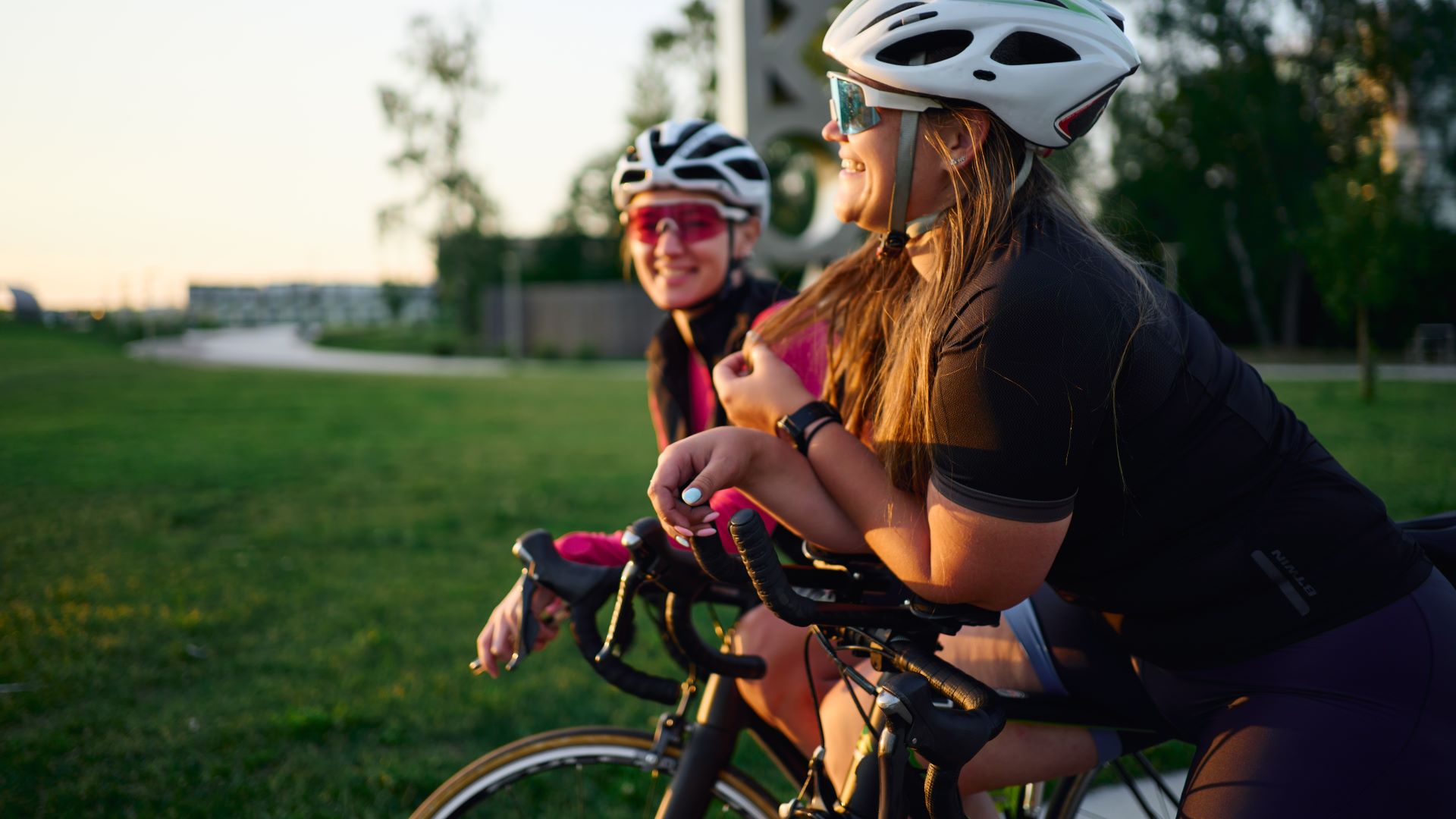 How I got my non-cyclist friend hooked on riding bikes — and how you can, too
How I got my non-cyclist friend hooked on riding bikes — and how you can, tooWith a little bit of gentle guidance, “bikes aren’t my thing” can turn into “when’s our next ride?”
By Marley Blonsky
-
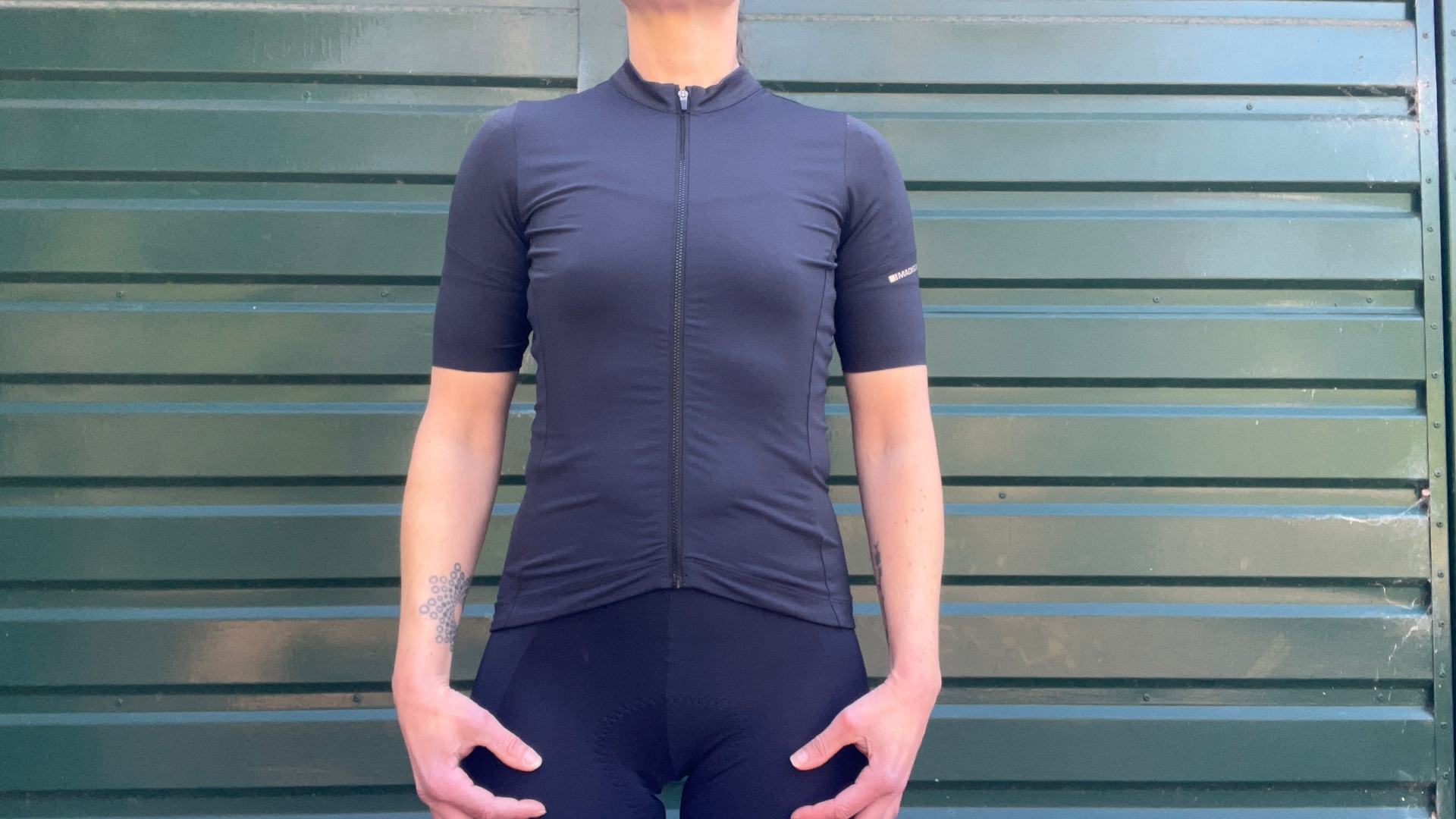 Madison Flux short sleeve jersey review: functional and affordable
Madison Flux short sleeve jersey review: functional and affordableThe road cycling jersey delivers top performance for a budget-conscious cyclist
By Hannah Bussey